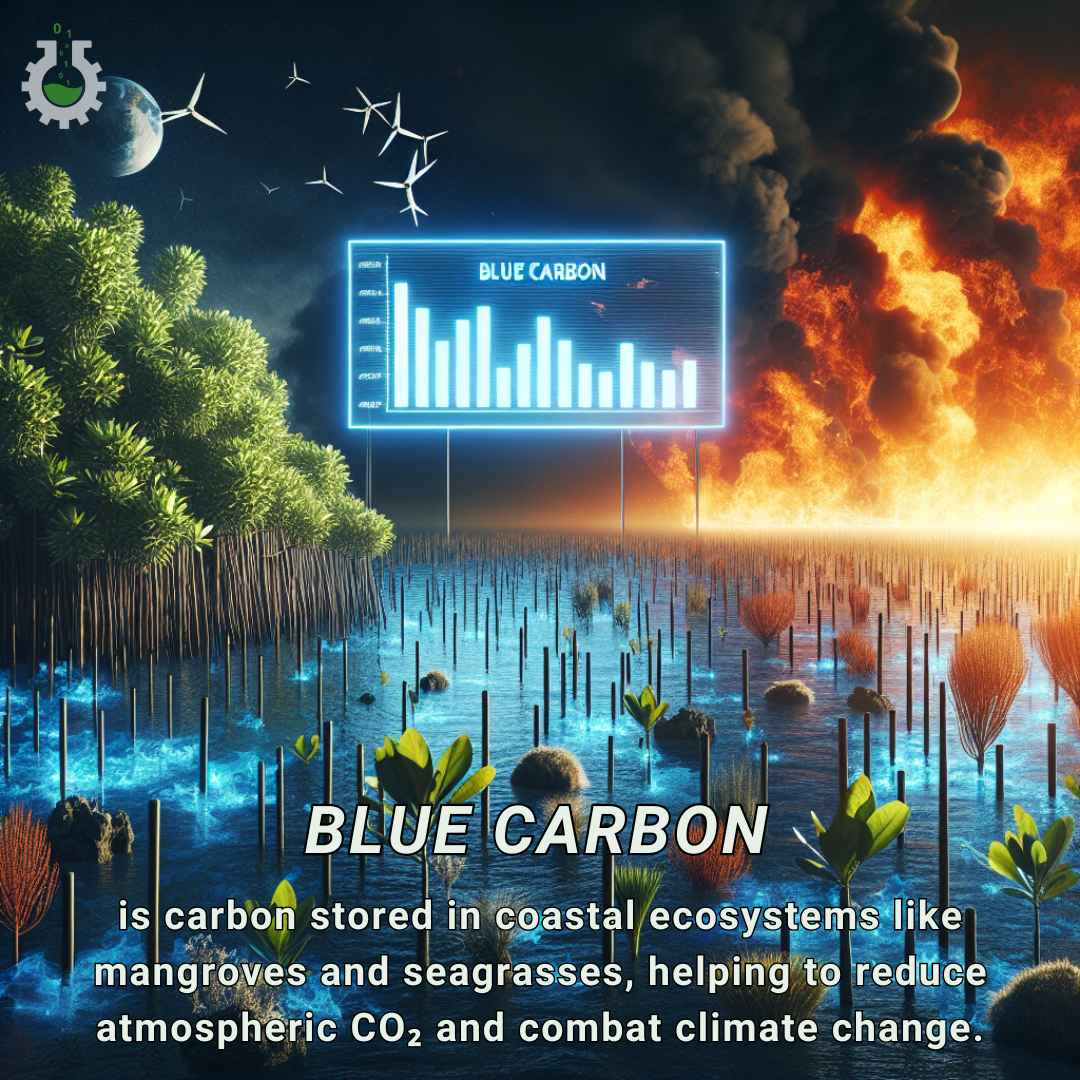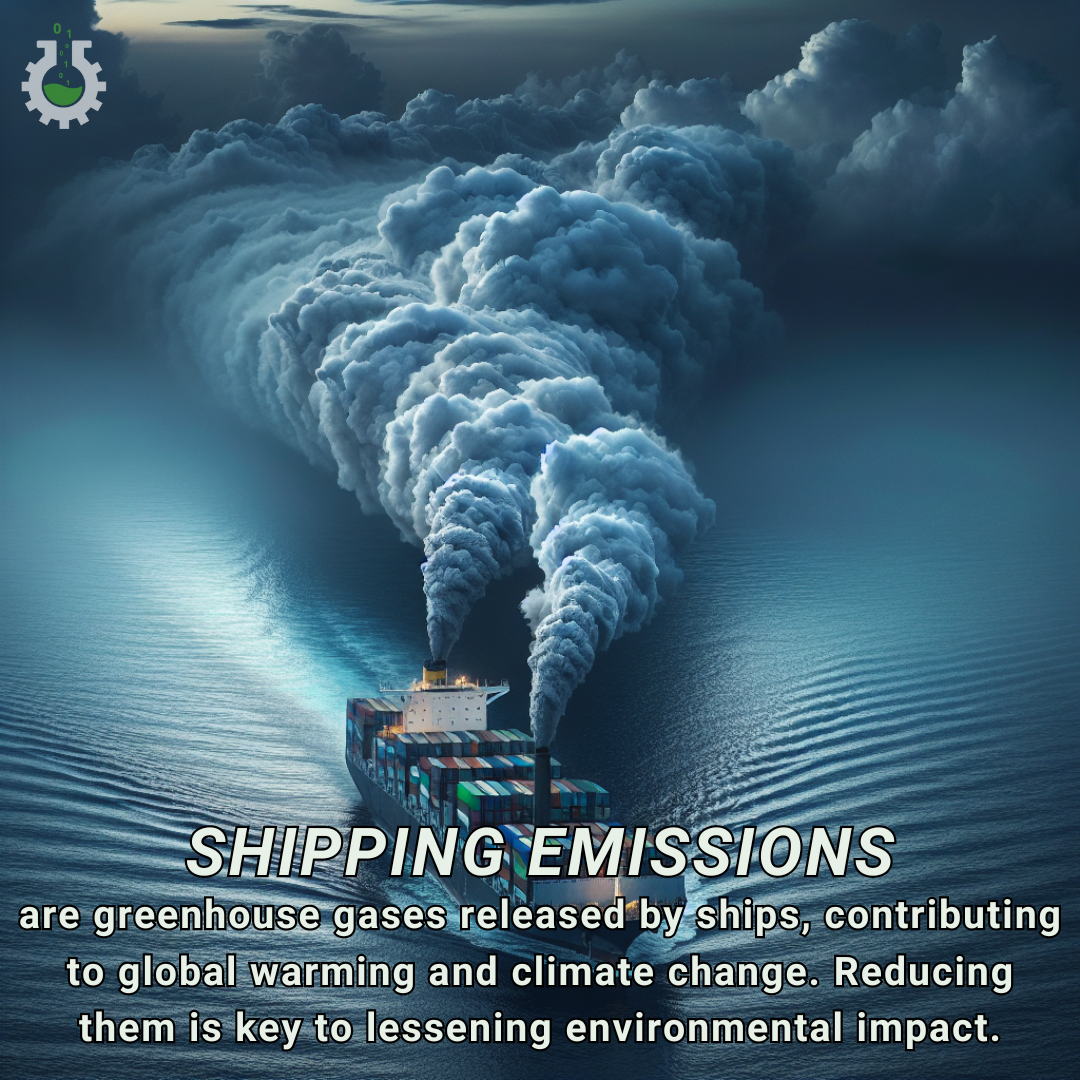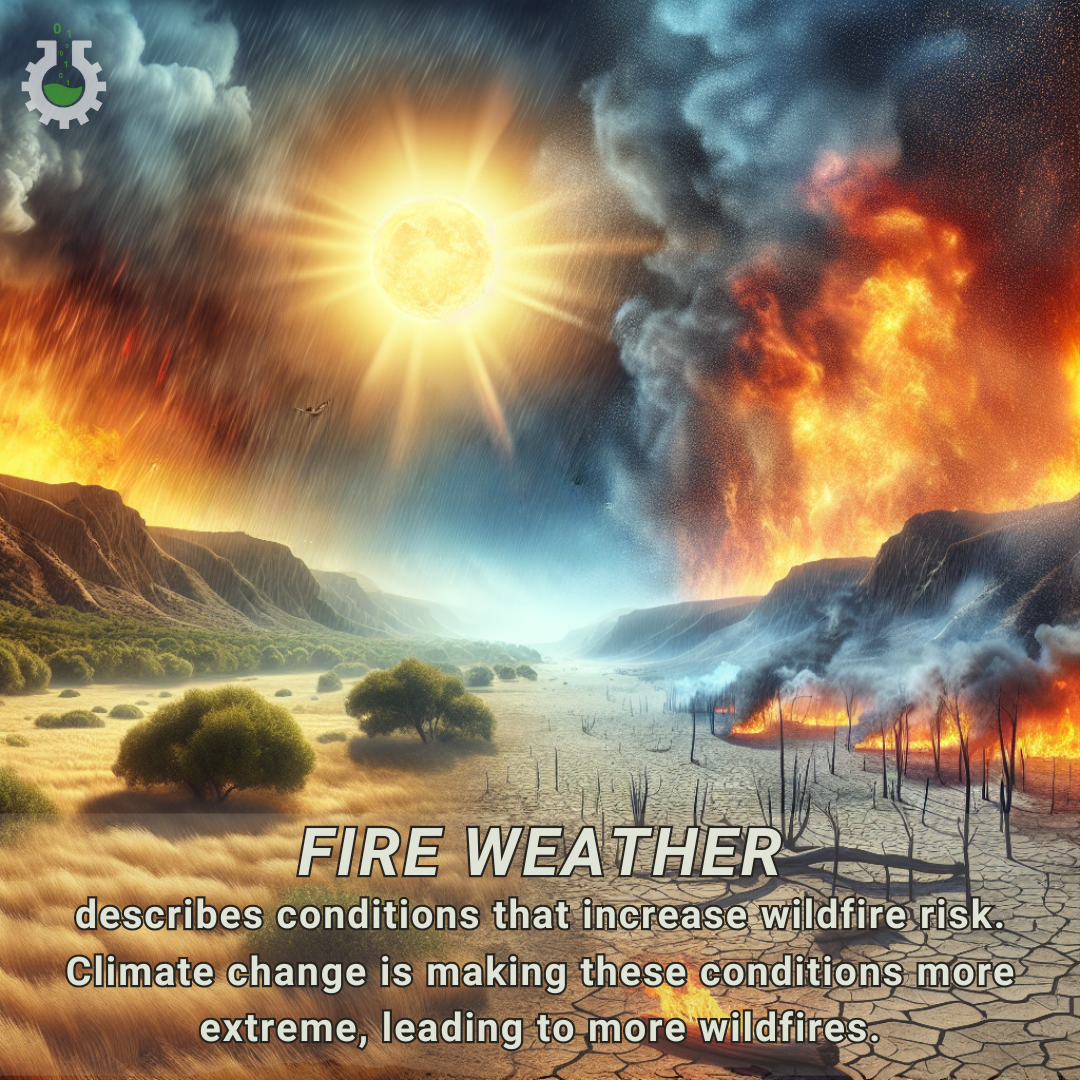Blue carbon refers to carbon stored in coastal and marine ecosystems, like mangroves, seagrasses, and salt marshes. Protecting these areas helps reduce CO₂ in the atmosphere, aiding climate change mitigation.
The carbon footprint of the internet refers to the greenhouse gas emissions generated by the energy consumption of data centers, networks, and devices. As internet use grows, so does its demand for electricity, much of which still comes from fossil fuels, contributing to climate change.
Polar amplification is the phenomenon where the Arctic and Antarctic regions warm faster than the global average due to climate change. This accelerates ice melt, sea level rise, and disrupts global weather patterns.
Shipping Emissions refer to the greenhouse gases and pollutants released by ships during transport. These emissions contribute to global warming and air pollution, making the shipping industry a significant factor in climate change. Reducing these emissions is crucial for minimizing their environmental impact.
Methanogenesis is the process by which microbes produce methane in anaerobic environments like wetlands and landfills. As a potent greenhouse gas, methane from this process significantly contributes to climate change by trapping heat in the atmosphere.
Fire weather refers to conditions like high temperatures, low humidity, and strong winds that increase wildfire risk. Climate change intensifies these conditions, leading to more frequent and severe wildfires.
Ocean stratification refers to the layering of ocean water based on temperature and salinity. Climate change intensifies this by warming surface waters, reducing mixing, and trapping nutrients below. This disrupts marine ecosystems and carbon absorption, worsening global warming.
Microbial life consists of tiny organisms like bacteria, fungi, and viruses that play essential roles in ecosystems. Climate change affects microbial activity, influencing processes like carbon cycling, soil health, and even greenhouse gas emissions, further intensifying climate impacts.
Cave biodiversity refers to the unique ecosystems found in caves, hosting species that are highly adapted to dark, stable environments. Climate change threatens these ecosystems by altering temperature, humidity, and water flow, which can disrupt the delicate balance that cave species rely on for survival.
Infrastructure refers to the physical systems and structures like roads, bridges, and utilities essential for society’s functioning. Climate change impacts infrastructure by increasing the frequency and severity of extreme weather events, leading to damage and increased maintenance costs. Adaptation and resilient design are crucial for protecting these vital systems from future climate-related threats.












